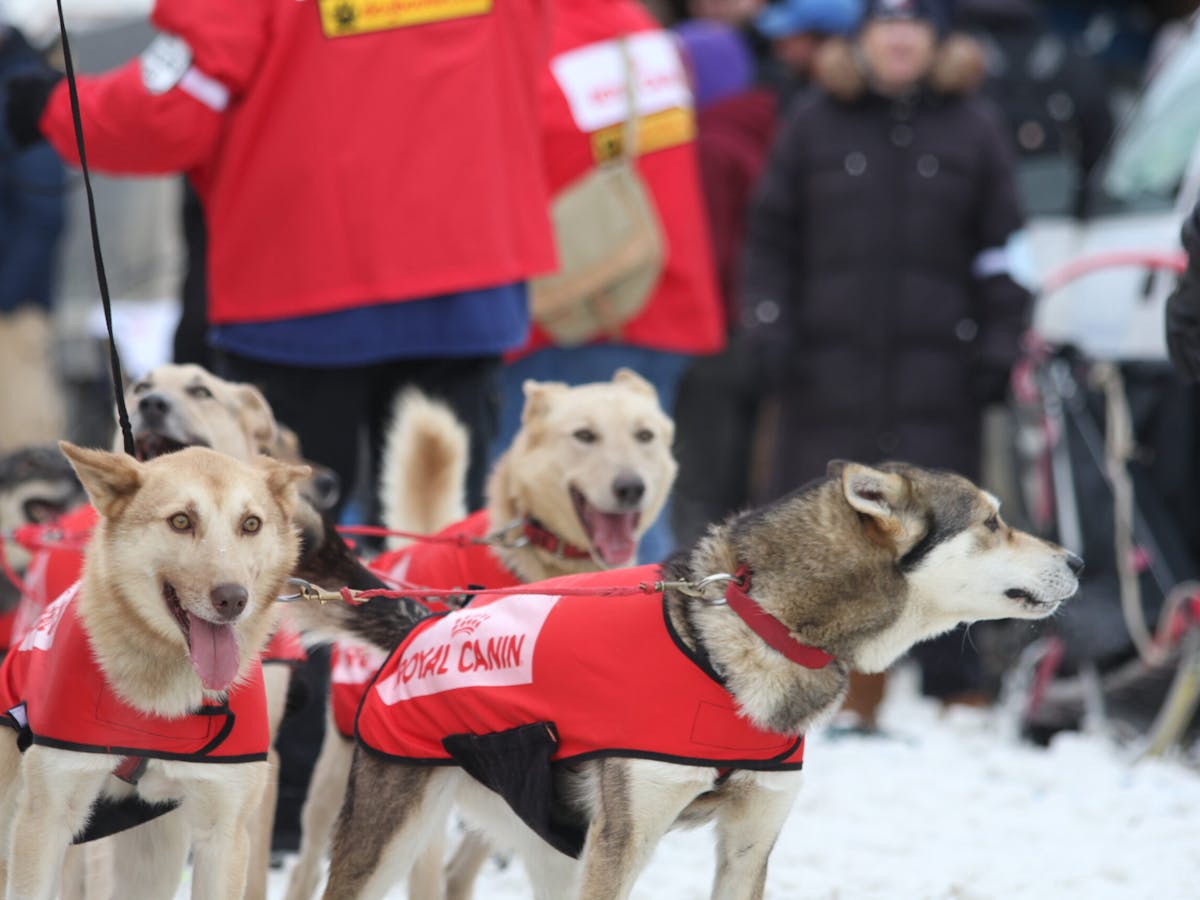Charter flights for you to follow the Iditarod from start to finish.
One of the questions we are often asked is “How can I best see the Iditarod?” Iditarod tour flights are the best way to see this great event. Sheldon Air Service offers full Iditarod race following air support, from the ceremonial start in Anchorage, to the first checkpoints at Puntilla Lake and Rainy Pass, all the way to Nome.
An Iditarod flight is the adventure of a lifetime, the best way to fully appreciate the last great race is to utilize a ski-equipped bush plane. Sheldon Air Service can customize your tour as the race plays out – putting you right where you need to be to witness first hand the strategic and often dramatic moves the race leaders make as they duel to the finish line in Nome.







